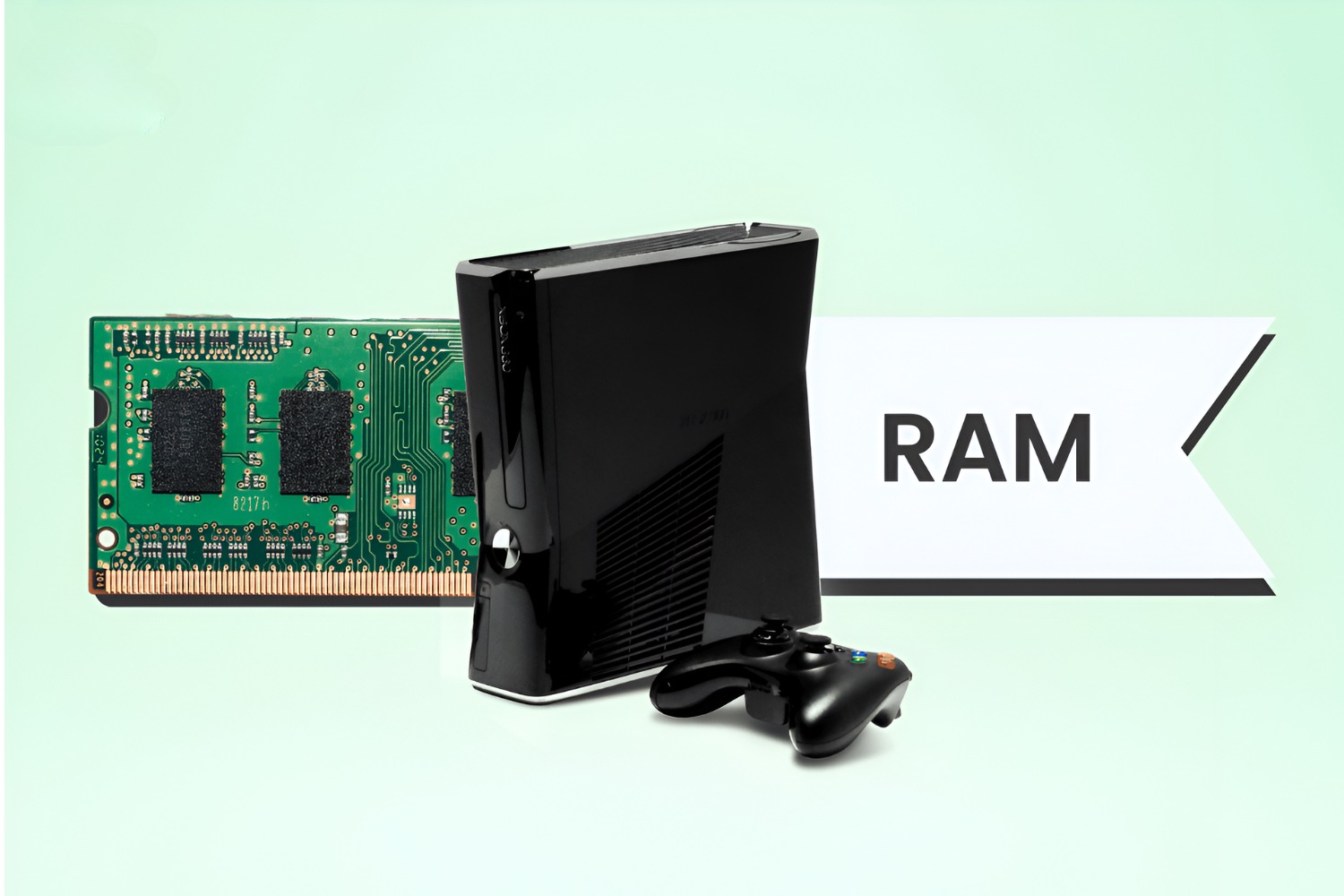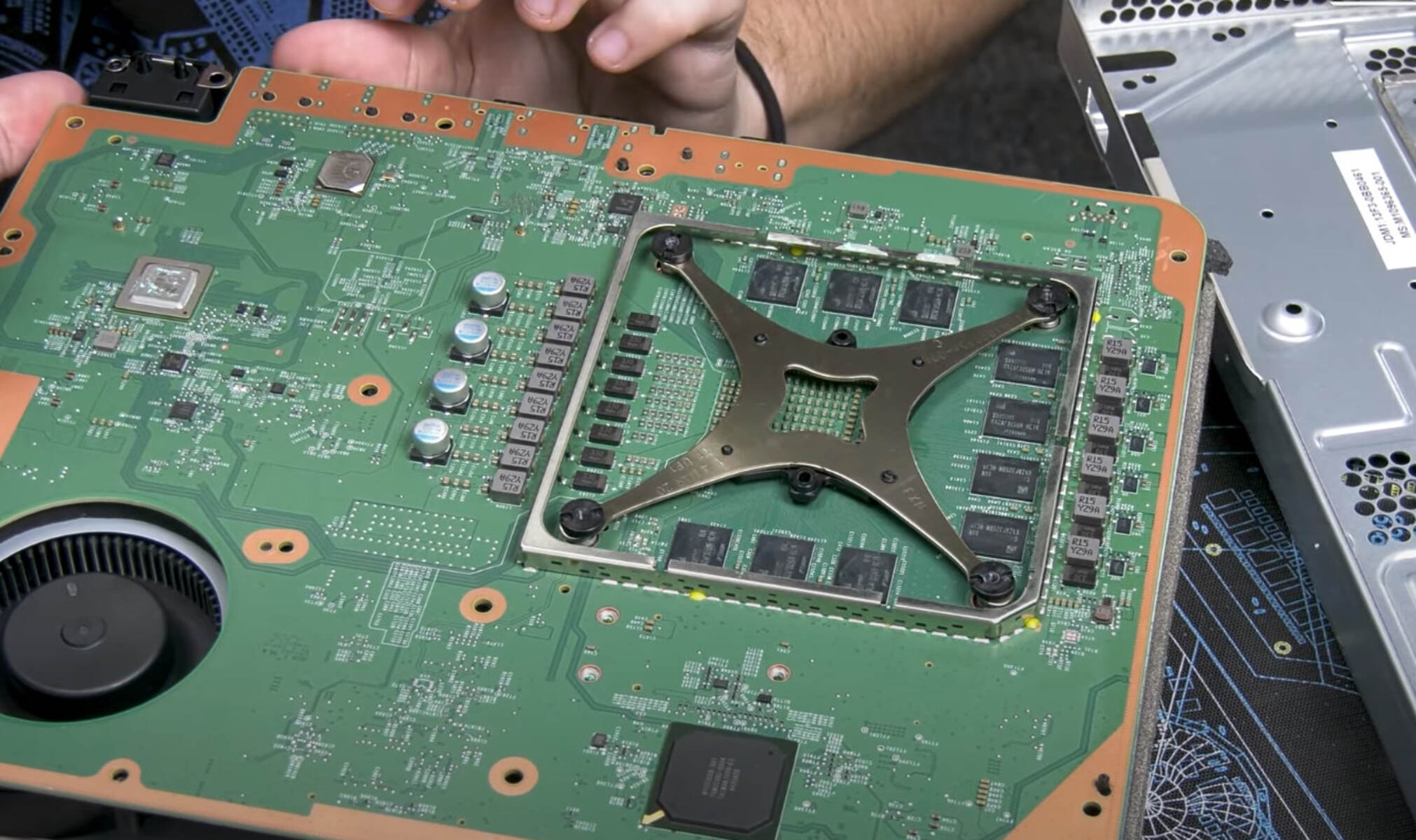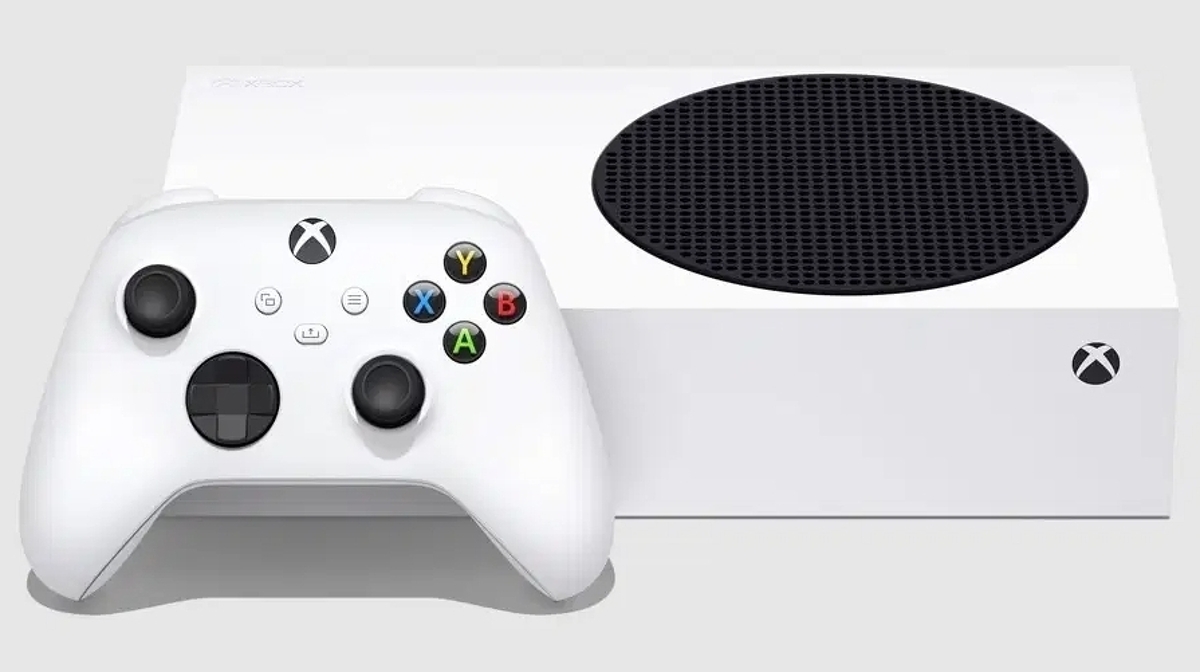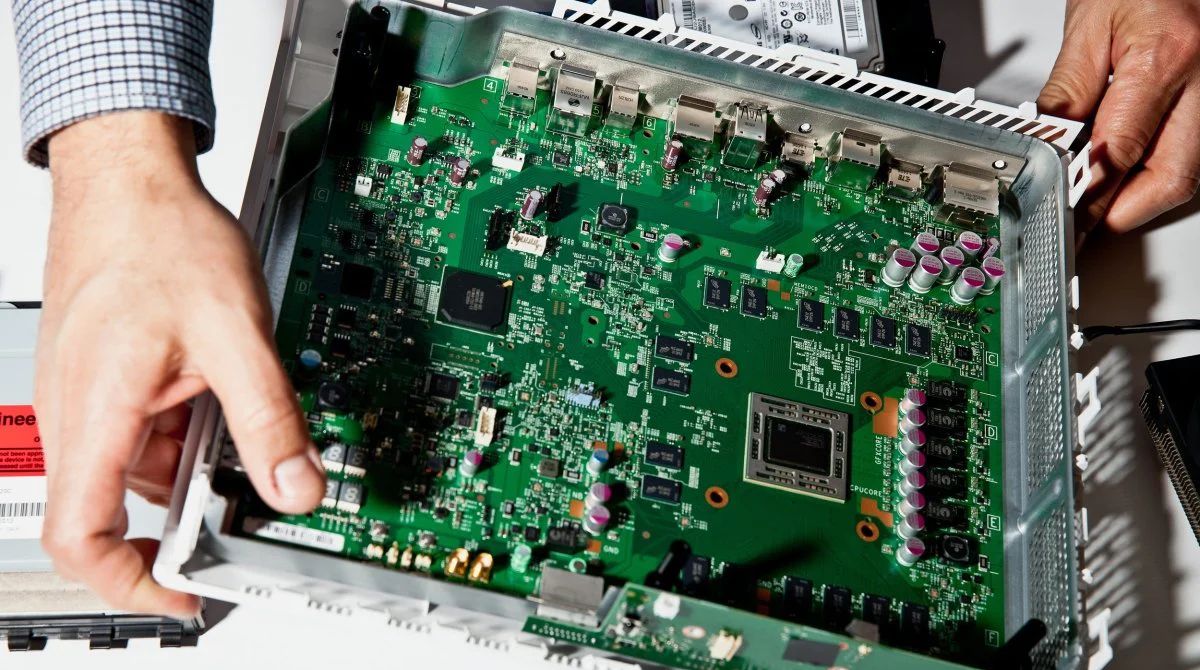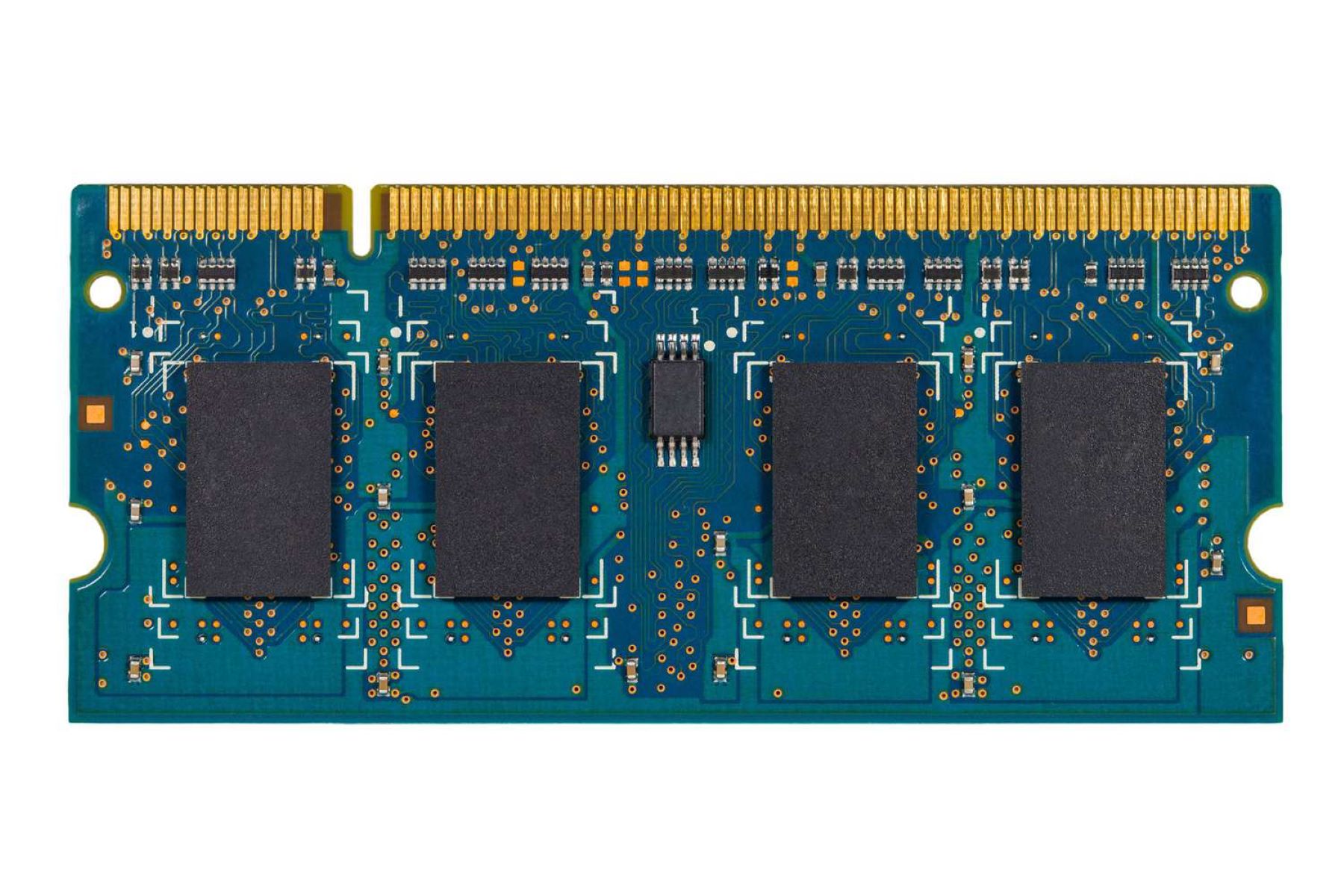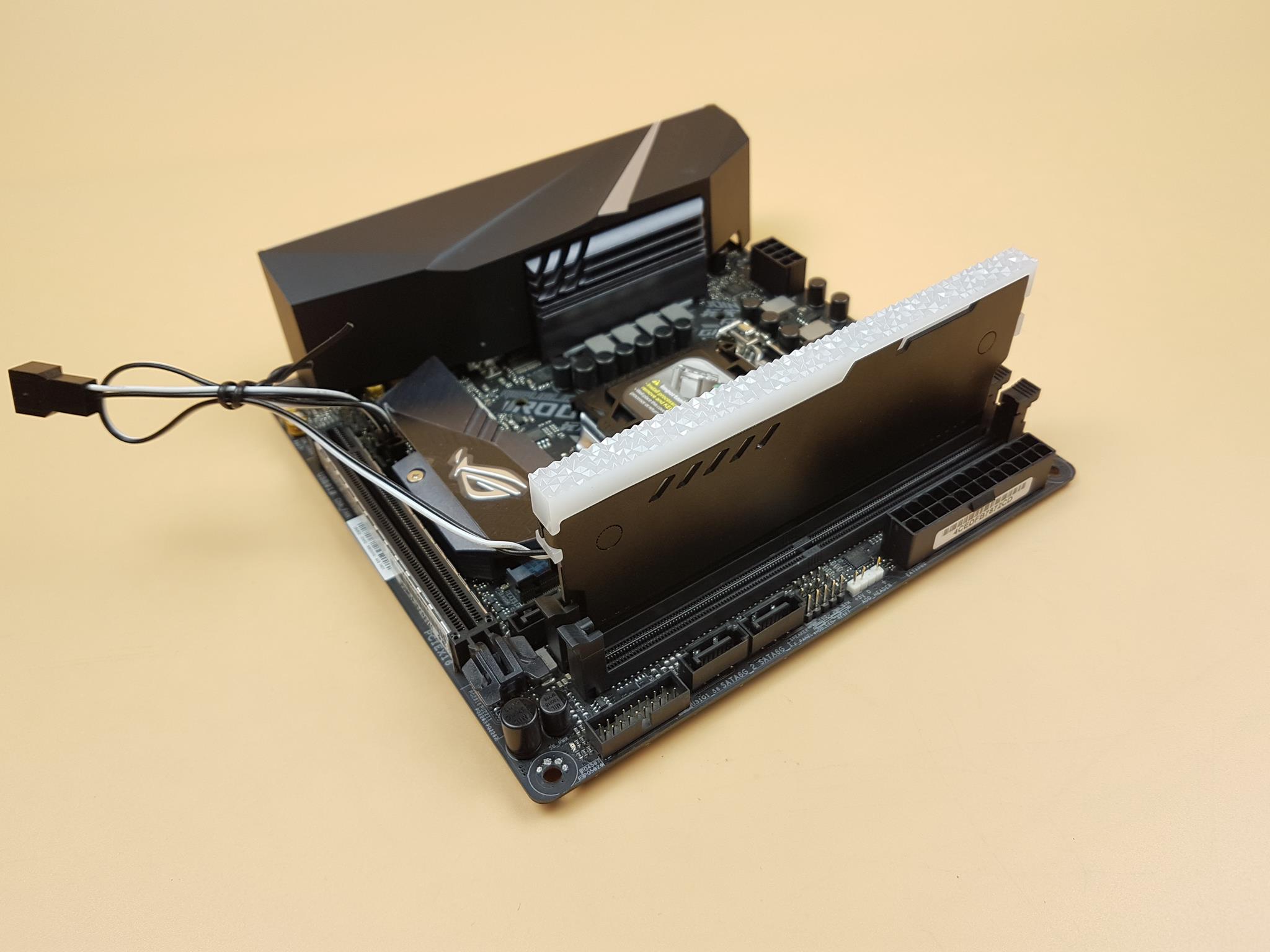Introduction
Welcome to the world of gaming where consoles play a significant role in delivering an immersive gaming experience. One such popular console is the Xbox 360, a behemoth of its time. If you’re a gaming enthusiast or someone interested in consoles, you might be curious about the technical specifications that make the Xbox 360 a powerhouse in the gaming industry.
In this article, we’ll dive into a specific component of the Xbox 360 – its RAM (Random Access Memory). RAM is a crucial element in any computing device, including gaming consoles, as it directly affects the performance and speed of running applications and games. Understanding how much RAM the Xbox 360 has and how it impacts gameplay can provide valuable insights into the console’s capabilities and limitations.
From exploring the different models of the Xbox 360 to understanding the potential for RAM upgrades, let’s embark on a journey to understand the RAM landscape of this iconic gaming console.
So, buckle up, gamers, as we unravel the mysteries of the Xbox 360’s RAM configuration and its impact on gaming performance. Whether you’re a casual player or a hardcore gamer, this article will shed light on an important aspect of the Xbox 360 that may enhance your gaming experience.
Xbox 360 Overview
The Xbox 360, developed by Microsoft, was released in 2005 and quickly became a game-changer in the gaming industry. It introduced a wide range of features and innovations that elevated the gaming experience to new heights.
With its sleek and stylish design, the Xbox 360 caught the attention of gamers worldwide. It boasted powerful hardware specifications, advanced graphics capabilities, and a vast library of games to choose from, making it a fan-favorite console for both casual and hardcore gamers.
The Xbox 360 was not just about gaming; it aimed to be an all-in-one entertainment hub. It offered features like streaming services, movie playback, music streaming, and even the ability to connect with friends online through Xbox Live, Microsoft’s online multiplayer gaming platform.
One of the standout features of the Xbox 360 was its controller, which was lauded for its ergonomic design and precision. The wireless controllers provided gamers with the freedom to move around without the hassle of cables, enhancing the overall gaming experience.
Additionally, the Xbox 360 offered various accessories and peripherals, such as Kinect, a motion-sensing camera that allowed for an interactive and immersive gaming experience.
Overall, the Xbox 360 was a revolutionary console that pushed the boundaries of gaming and entertainment. Its powerful hardware, extensive game library, and innovative features cemented its position as one of the most popular gaming consoles of its time.
Understanding RAM
Before delving into the RAM configuration of the Xbox 360, let’s first understand what RAM is and its importance in a computing device like a gaming console.
RAM, or Random Access Memory, is a type of computer memory that is used to store and access data quickly. Unlike the long-term storage provided by the hard drive or solid-state drive, RAM is volatile memory, meaning its contents are lost when the device is powered off. The main purpose of RAM is to provide fast and temporary storage for data that is actively being used by the computer or console.
In the context of gaming, RAM plays a crucial role in the performance and smooth operation of games. When you launch a game on your Xbox 360, the console loads various game assets, such as textures, audio files, and character models, into RAM. This allows the console to access these assets quickly during gameplay, reducing loading times and providing a seamless gaming experience.
Furthermore, RAM is also responsible for running the game’s code and scripts. As you navigate through different levels, engage in intense battles, or explore vast open worlds, the console needs to process and execute the game’s instructions in real-time. Having sufficient RAM ensures that the console can handle these tasks without slowdowns or lag.
However, it’s important to note that RAM alone does not determine the overall performance of a gaming console. Other factors, such as the CPU (Central Processing Unit) and GPU (Graphics Processing Unit), also play a significant role in delivering smooth and visually stunning gameplay.
In essence, RAM acts as a temporary workspace for the console, storing data that is critical for the immediate operation of games. The more RAM a console has, the more data it can store, leading to improved performance, faster load times, and a more responsive gaming experience.
Now that we have a basic understanding of RAM and its importance in gaming consoles let’s explore how much RAM the Xbox 360 has and its implications for gaming.
RAM in Xbox 360
The RAM configuration of a gaming console plays a crucial role in determining its performance capabilities. In the case of the Xbox 360, understanding its RAM specifications is key to comprehending its processing abilities and the types of games it can handle.
The Xbox 360 comes with varying RAM configurations, depending on the model. The initial models of the Xbox 360, often referred to as “Core” or “Arcade,” featured 512 MB of RAM. This amount of RAM was considered sufficient for many games released during the early stages of the console’s lifespan.
However, as the gaming industry progressed and developers pushed the boundaries of graphics and gameplay, Microsoft released upgraded versions of the Xbox 360. The later models, such as the “Pro” or “Premium” editions, and the “Elite” versions, were equipped with double the RAM, totaling 1 GB.
The additional RAM provided a significant boost in performance, allowing for more complex and visually stunning games to be developed. With the increased RAM capacity, the Xbox 360 could handle larger game worlds, more detailed textures, and improved AI (Artificial Intelligence) functionalities.
It’s worth noting that the RAM in the Xbox 360 is shared between the system and the GPU, meaning that both the console’s operating system and the graphics processing unit utilize the available memory. This shared configuration had its advantages and drawbacks. On one hand, it allowed for efficient memory management, enabling the console to allocate resources dynamically. On the other hand, it limited the amount of memory available exclusively for game-related tasks.
Despite the shared RAM configuration, the Xbox 360 was still able to deliver impressive visuals and robust performance, thanks to the optimization efforts of game developers and the console’s powerful hardware architecture.
As gaming technology continued to advance, Microsoft introduced the Xbox 360 S model, also known as the “Slim” version, which featured a redesigned casing and further improvements in hardware. The Xbox 360 S retained the 1 GB RAM configuration, ensuring compatibility with existing games and delivering a reliable gaming experience.
Overall, the RAM configuration of the Xbox 360, whether 512 MB or 1 GB, allowed for a wide range of games to be played on the console while still delivering an enjoyable gaming experience. However, it’s important to keep in mind that newer generations of consoles may have surpassed the Xbox 360 in terms of RAM capacity and performance capabilities.
Different Models and RAM
As the Xbox 360 evolved over time, Microsoft introduced various models with different features and hardware specifications. While the RAM configurations of these models remained consistent within each version, understanding the differences between them can provide insights into the overall gaming experience offered by each variant.
The original Xbox 360 models, including the “Core” and “Arcade” editions, were equipped with 512 MB of RAM. These models provided a solid gaming experience for many popular titles released during the early years of the console’s lifespan. Players could enjoy a wide range of games without experiencing significant performance issues.
Responding to the demands of gamers and advancements in game development, Microsoft released upgraded models of the Xbox 360. The “Pro” or “Premium” edition and the “Elite” version featured a doubled RAM capacity of 1 GB. This increase in RAM allowed for more graphically intensive games to be played on the console, enhancing the overall visual fidelity and performance.
Furthermore, Microsoft introduced the Xbox 360 S model, also known as the “Slim” version. This redesign of the console retained the 1 GB RAM configuration seen in the previous upgraded models. Additionally, the Xbox 360 S offered other hardware improvements, such as a smaller form factor, quieter fan operation, and built-in Wi-Fi connectivity.
While the RAM configuration among these different models remained consistent, it’s important to note that games developed for the Xbox 360 could run on any variant. The shared RAM architecture allowed for seamless compatibility across models, ensuring that players could enjoy their favorite games regardless of the specific Xbox 360 version they owned.
Ultimately, the RAM configuration of the Xbox 360, combined with other hardware improvements in later models, provided a solid gaming experience for players. The increased RAM capacity in the upgraded models allowed for more visually striking and immersive games to be enjoyed, providing gamers with a wide range of options and experiences.
RAM Upgrade for Xbox 360
One question that often arises among Xbox 360 users is whether it is possible to upgrade the RAM of the console. Unfortunately, unlike gaming PCs, the RAM in the Xbox 360 is not user-upgradable. The console’s RAM is soldered onto the motherboard, making it difficult, if not impossible, for users to swap or increase the memory.
This limitation is due to the tightly integrated design of the Xbox 360 and the specific hardware configurations that the console was built with. Microsoft has designed the console to operate optimally with the predetermined amount of RAM provided for each model.
While it may be disappointing for some users who are looking to boost the console’s performance, it’s important to understand that the Xbox 360 was designed as a closed system. Microsoft has ensured that the hardware and software are tightly integrated to deliver a reliable and consistent gaming experience.
However, this doesn’t mean that you’re completely out of options if you’re looking to improve the performance of your Xbox 360. There are other avenues you can explore to enhance your gaming experience without directly upgrading the RAM.
One effective method is to optimize the console’s performance by regularly clearing the cache. The Xbox 360 stores temporary files and game updates in its cache, which can accumulate over time and potentially affect performance. Clearing the cache can free up valuable resources and improve the console’s overall responsiveness.
Additionally, ensuring that your Xbox 360 has ample storage space can also contribute to better performance. The console requires sufficient space to install game updates, downloadable content, and save files. If the storage space starts to run low, it can affect the console’s ability to access and load game data efficiently.
Lastly, keeping your Xbox 360 system updated with the latest firmware and software patches can also help optimize its performance. Microsoft periodically releases updates that address software issues and provide performance enhancements. By ensuring your console is up to date, you can maximize its capabilities and enjoy a smoother gaming experience.
While upgrading the RAM of the Xbox 360 may not be feasible, taking these alternative steps to optimize performance can still make a noticeable difference in your gaming experience.
Conclusion
The Xbox 360, with its powerful hardware and impressive gaming library, has left an indelible mark on the gaming world. Understanding the RAM configuration of the console is important in grasping its capabilities and limitations.
RAM plays a critical role in the performance and smooth operation of games. The Xbox 360, depending on the model, is equipped with either 512 MB or 1 GB of RAM. This memory allows for quick access to game assets, efficient processing of game code, and seamless gameplay experiences.
While the RAM in the Xbox 360 is not user-upgradable, the console still delivers a solid gaming experience. Game developers optimized their titles to make the most of the available RAM, ensuring players could enjoy visually stunning games and immersive gameplay.
When using an Xbox 360, it is important to keep the console optimized. Clearing the cache, ensuring sufficient storage space, and staying up to date with firmware and software updates can all contribute to optimal performance.
The Xbox 360, despite being succeeded by newer generations of consoles, remains a beloved and nostalgic gaming system for millions of players around the world. Its impact on the gaming industry and its role in providing countless hours of entertainment cannot be underestimated.
So, whether you’re reliving the classics or diving into the wide selection of games available for the Xbox 360, understanding its RAM configuration allows for a deeper appreciation of its capabilities and the technology that propelled it into the hearts of gamers.
Embrace the memories, enjoy the games, and let the Xbox 360 continue to be a source of joy and entertainment in the world of gaming.







